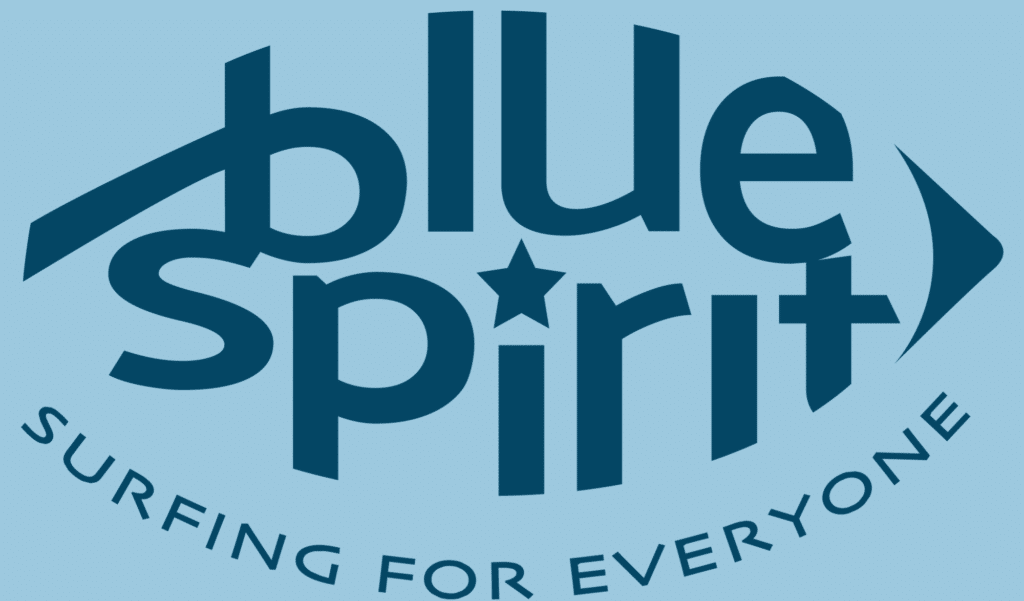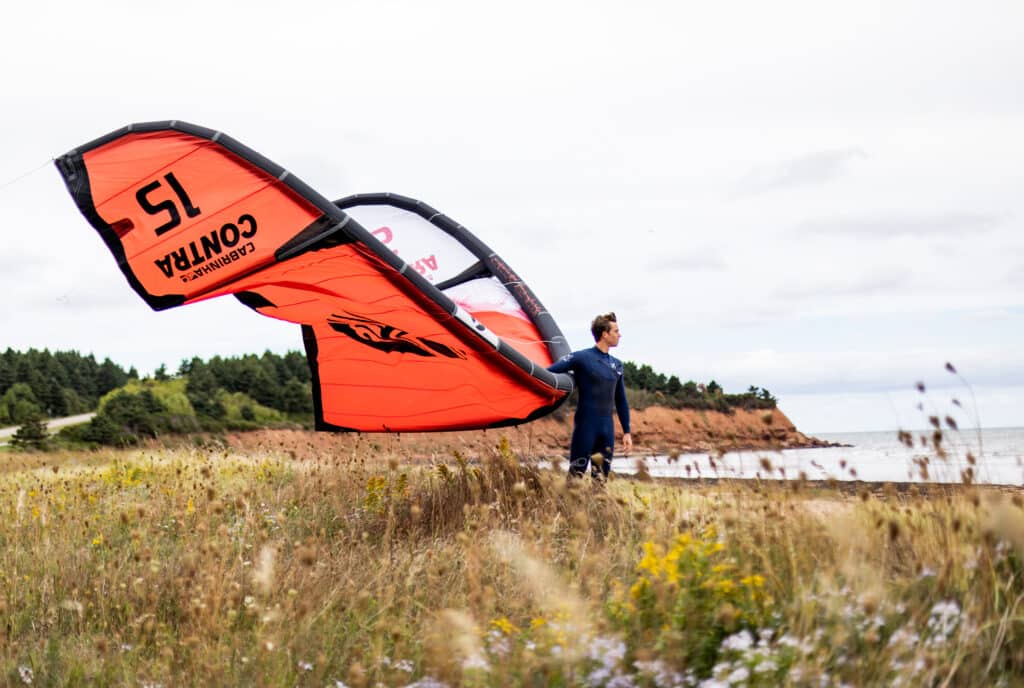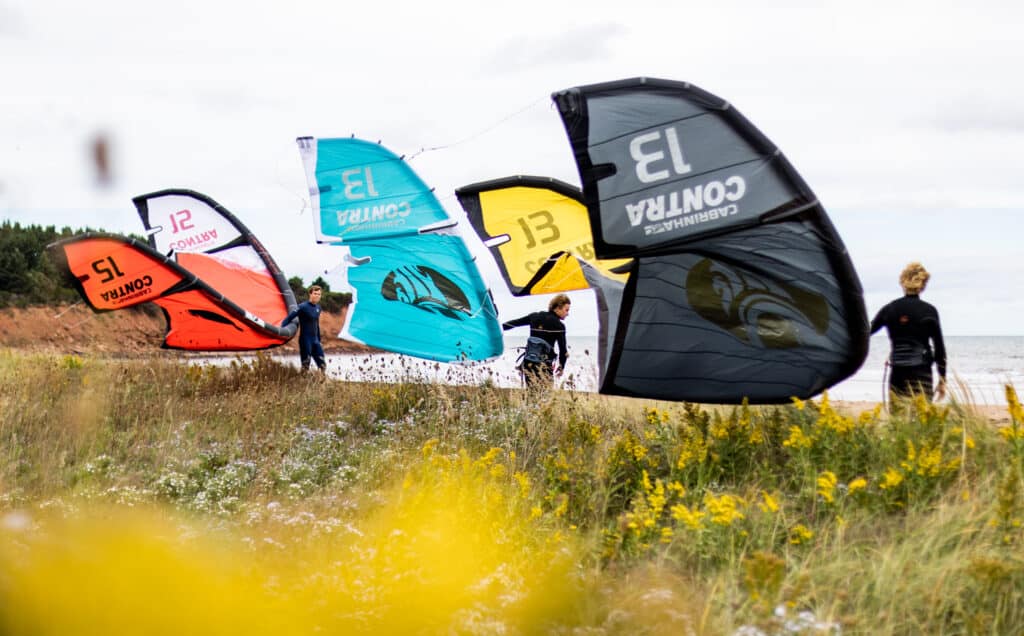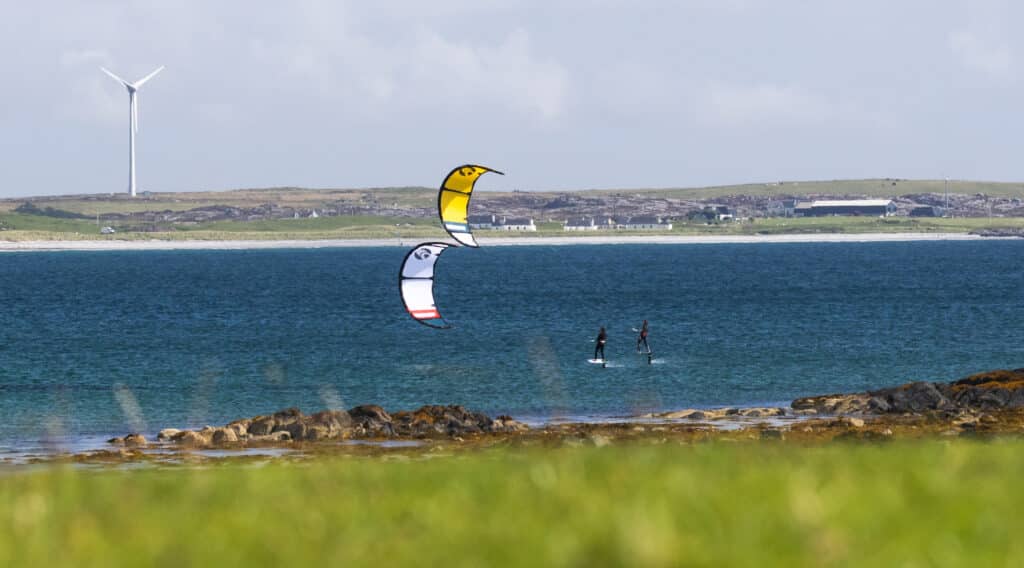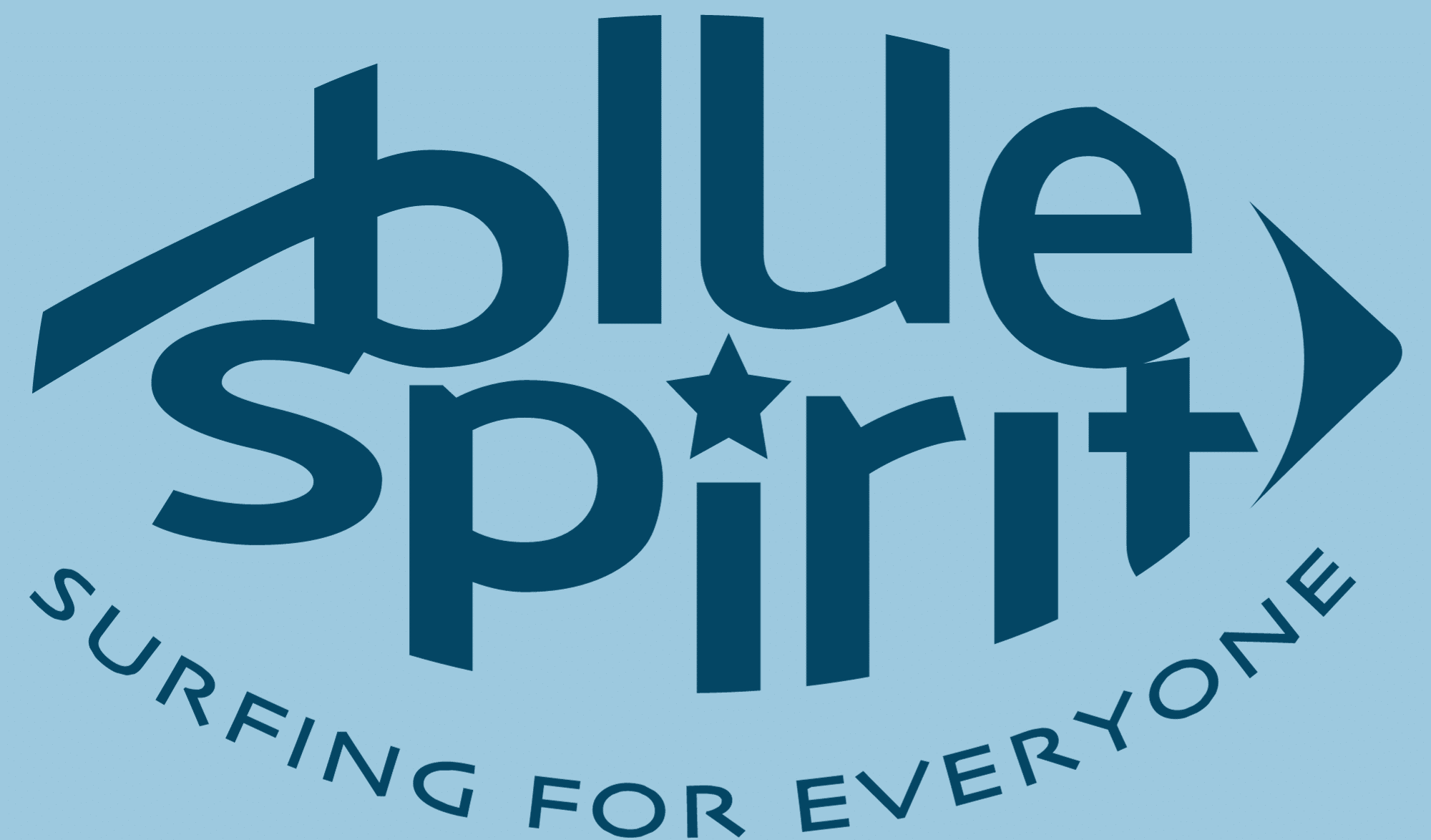Choosing the right equipment is crucial for both enjoyment and safety in the sport. The basic equipment includes a kite, pump, control bar, lines, harness, board, and safety gear like a helmet and impact vest. It’s important to choose equipment that suits your level of experience and the conditions you’ll be surfing in. For beginners, it’s recommended to take lessons from a qualified instructor who can guide you in the selection of equipment and its safe use. As you become more experienced, it may be necessary to upgrade your equipment, such as choosing different sizes of kites for different wind conditions.
